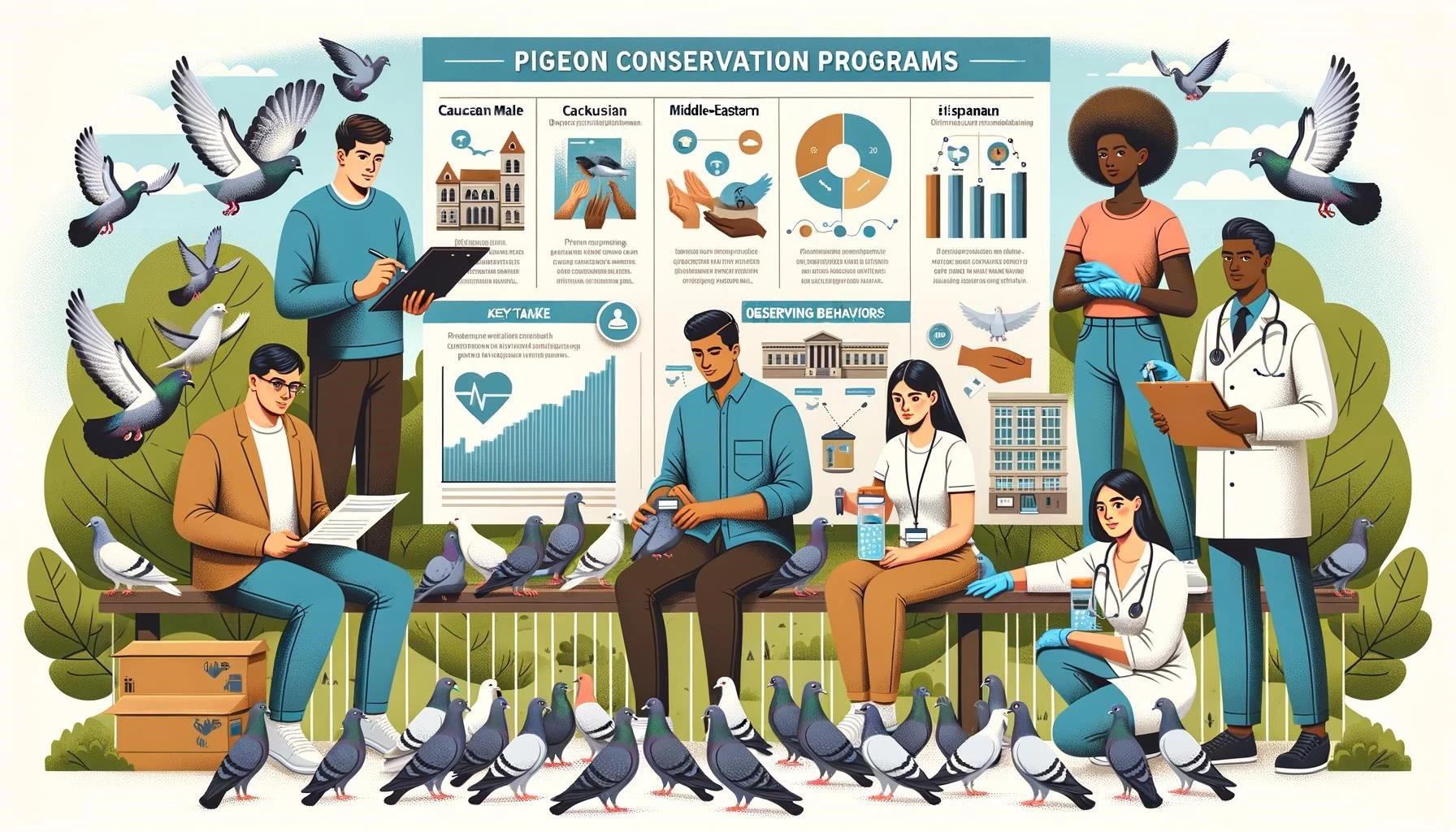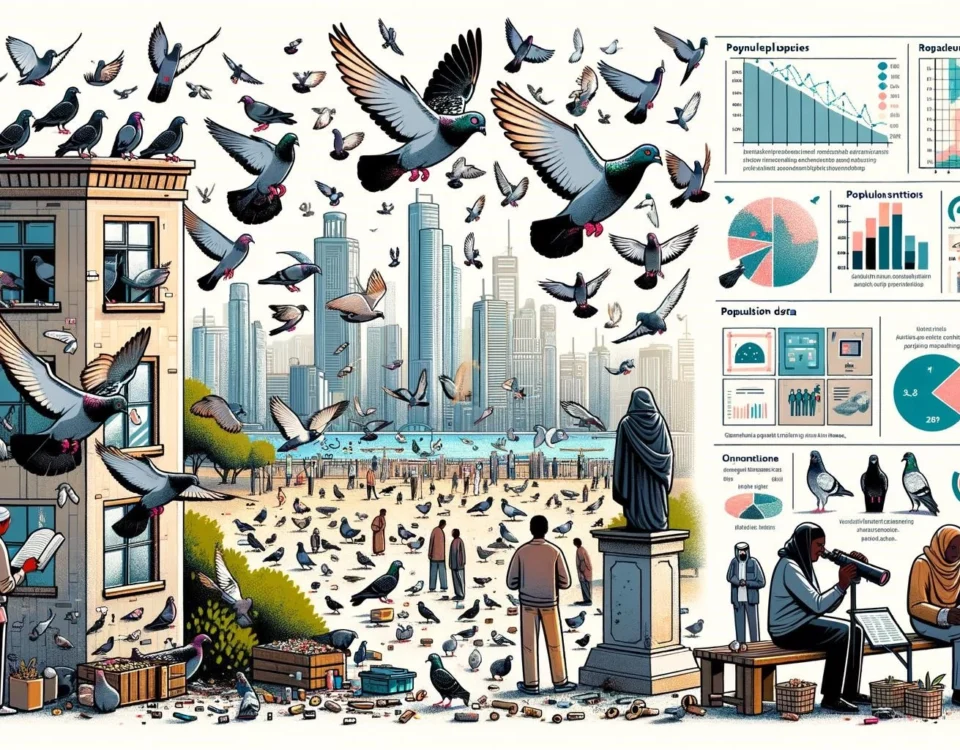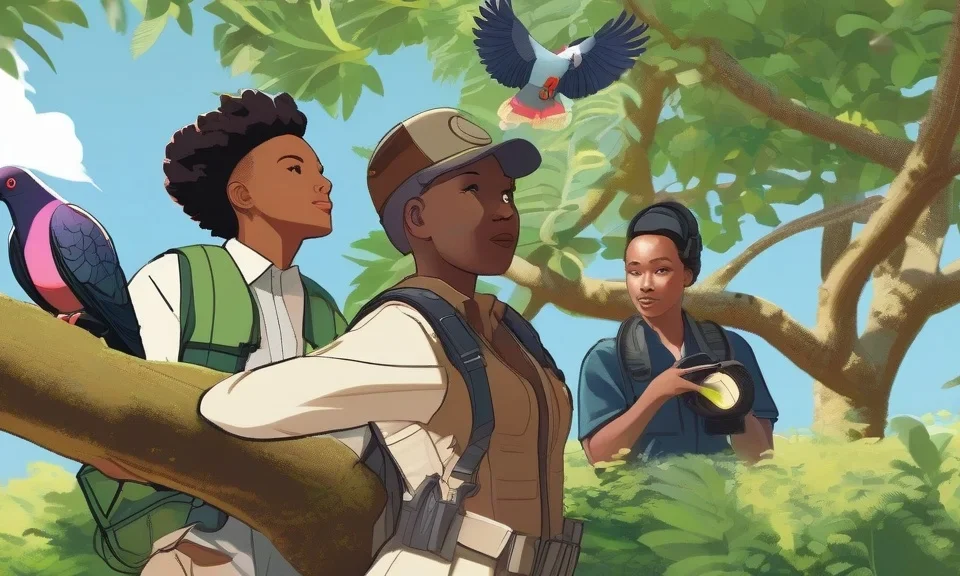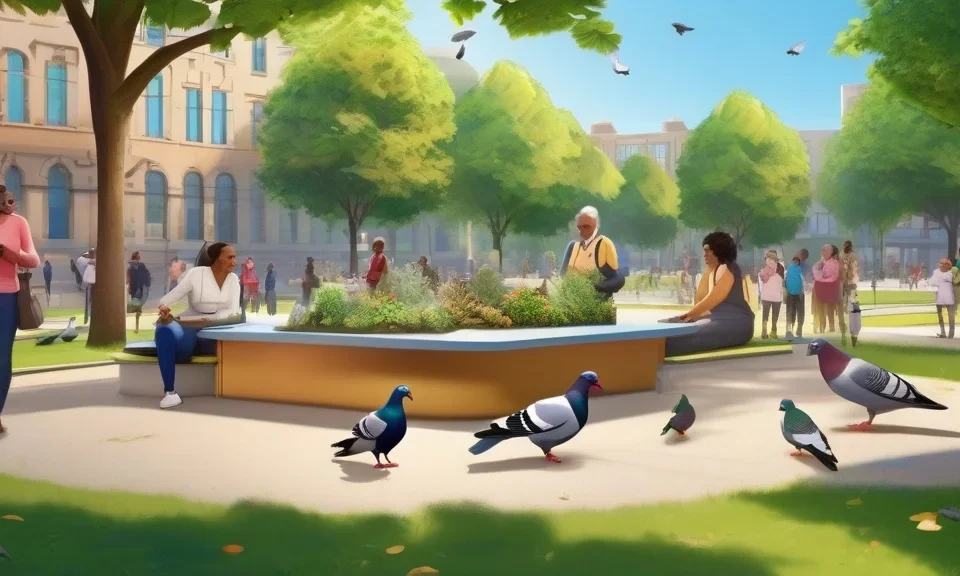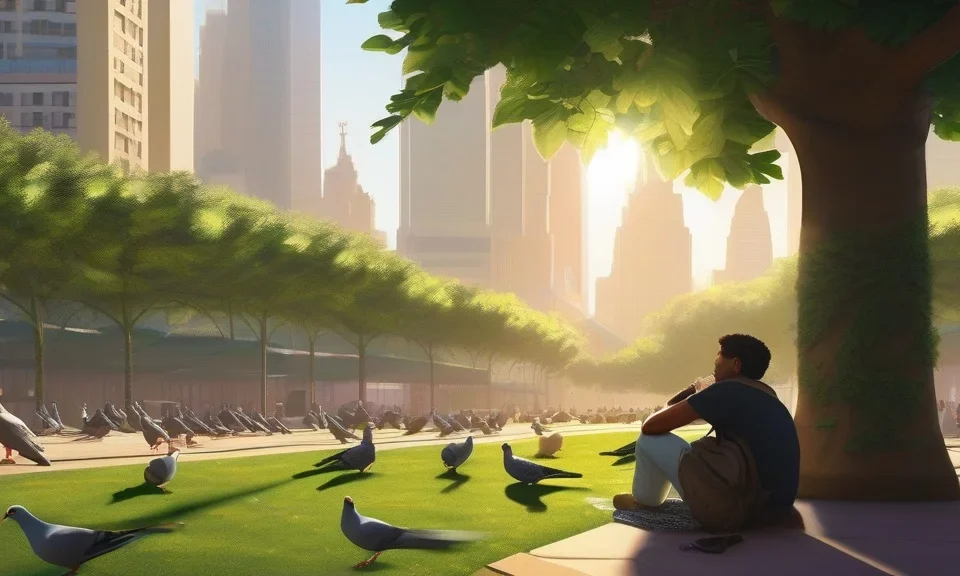- Several global and regional conservation organizations have developed specialized programs to protect and conserve pigeon species.
- Conservation efforts include captive breeding, habitat conservation, reintroduction programs, and public awareness campaigns.
- The pink pigeon, passenger pigeon, and Puerto Rican plain pigeon are among the species that have benefited from conservation programs.
- Genetic research and de-extinction projects are also being carried out to restore extinct pigeon species and their ecological roles.
Captive Breeding and Reintroduction Programs
One of the most common approaches in pigeon conservation is captive breeding and reintroduction programs. These programs involve breeding pigeons in captivity and then releasing them back into their natural habitats to increase their populations. Captive breeding allows for the protection of vulnerable pigeon species from threats in the wild and helps in maintaining genetic diversity.
For example, the pink pigeon, native to the island of Mauritius, was once on the brink of extinction with only 12 individuals remaining. However, through a captive breeding and reintroduction program, the population has now increased to approximately 400 individuals. The Mauritian Wildlife Foundation spearheaded this conservation program, which included captive breeding, habitat restoration, and reintroductions.
Similarly, efforts are underway to restore the passenger pigeon, which went extinct in 1914. The ″Great Passenger Pigeon Comeback″ project aims to hatch the first generation of new passenger pigeons before 2025 and begin trial releases into the wild. These efforts involve genetic engineering and breeding strategies using domestic rock pigeons as a model.
Habitat Conservation
Habitat conservation plays a crucial role in pigeon conservation programs. By protecting and restoring the natural habitats of pigeon species, conservationists ensure that they have suitable places to live, breed, and find food.
Conservation organizations and government agencies work together to identify important pigeon habitats and implement measures to safeguard them. These measures may include creating protected areas, establishing wildlife corridors, and implementing sustainable land management practices to reduce habitat destruction.
For instance, wetlands conservation programs aim to protect the habitats of various bird species, including pigeons. The reauthorization of funding for wetland conservation programs in the United States aims to protect and restore wetlands across the country, benefiting bird populations.
Public Awareness and Education
Public awareness and education play a vital role in pigeon conservation programs. By raising awareness about the importance of pigeon conservation and engaging local communities, these programs can garner support and encourage conservation efforts.
Conservation organizations often collaborate with local communities, schools, and stakeholders to organize awareness campaigns, educational programs, and community initiatives. These efforts aim to promote understanding of pigeon species, their ecological roles, and the threats they face.
In addition, partnerships with zoos, research institutions, and other organizations involved in conservation facilitate scientific research and provide the evidence needed to inform conservation strategies and actions.
Furthermore, public involvement in conservation programs can help in reporting pigeon sightings, contributing to citizen science projects, and supporting conservation initiatives financially or through volunteer work.
In conclusion, various pigeon conservation programs, including captive breeding and reintroduction, habitat conservation, and public awareness efforts, are essential for protecting and conserving pigeon species. These programs aim to increase pigeon populations, restore their habitats, and raise awareness about the importance of pigeon conservation. Furthermore, genetic research and de-extinction projects provide opportunities to revive extinct pigeon species and restore their ecological roles. Through these combined efforts, conservation organizations and stakeholders work towards ensuring the survival and well-being of these endangered or threatened bird species.




